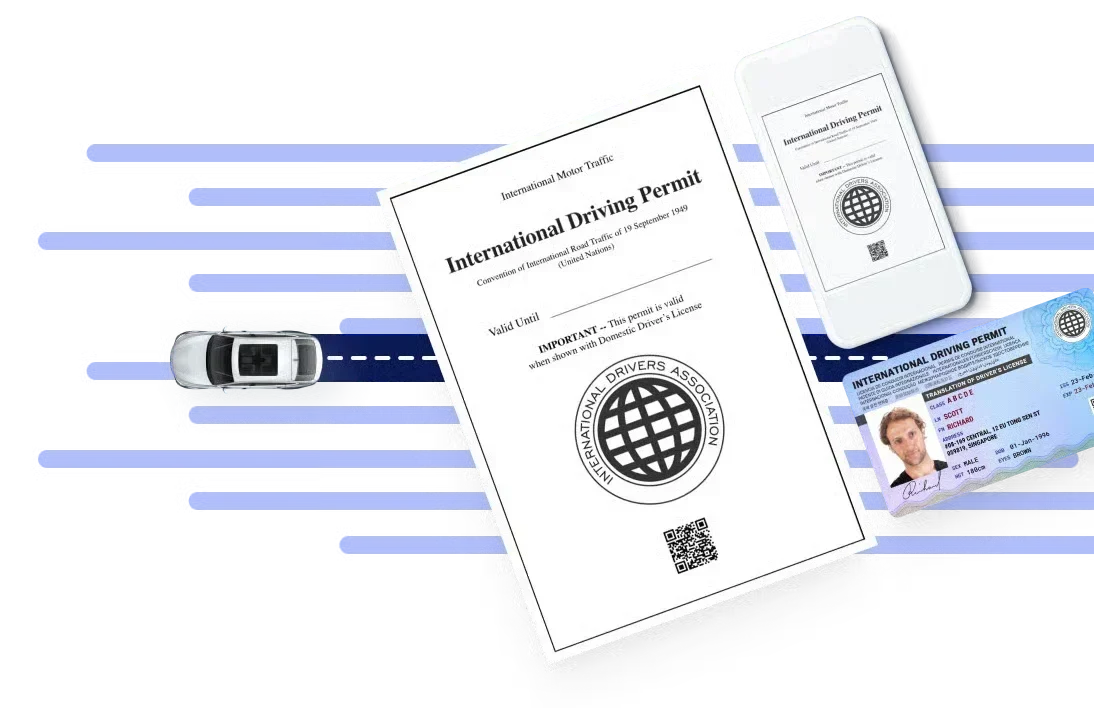Honduras is a hidden gem in Central America, perfect for a road trip. With beautiful beaches, lush mountains, and rich history, there’s so much to see. This itinerary covers must-visit spots like Copán Ruinas and Roatán while giving you travel tips for driving around the country. Whether you’re looking to relax on a beach or explore archaeological sites, this guide will help you plan an unforgettable trip.
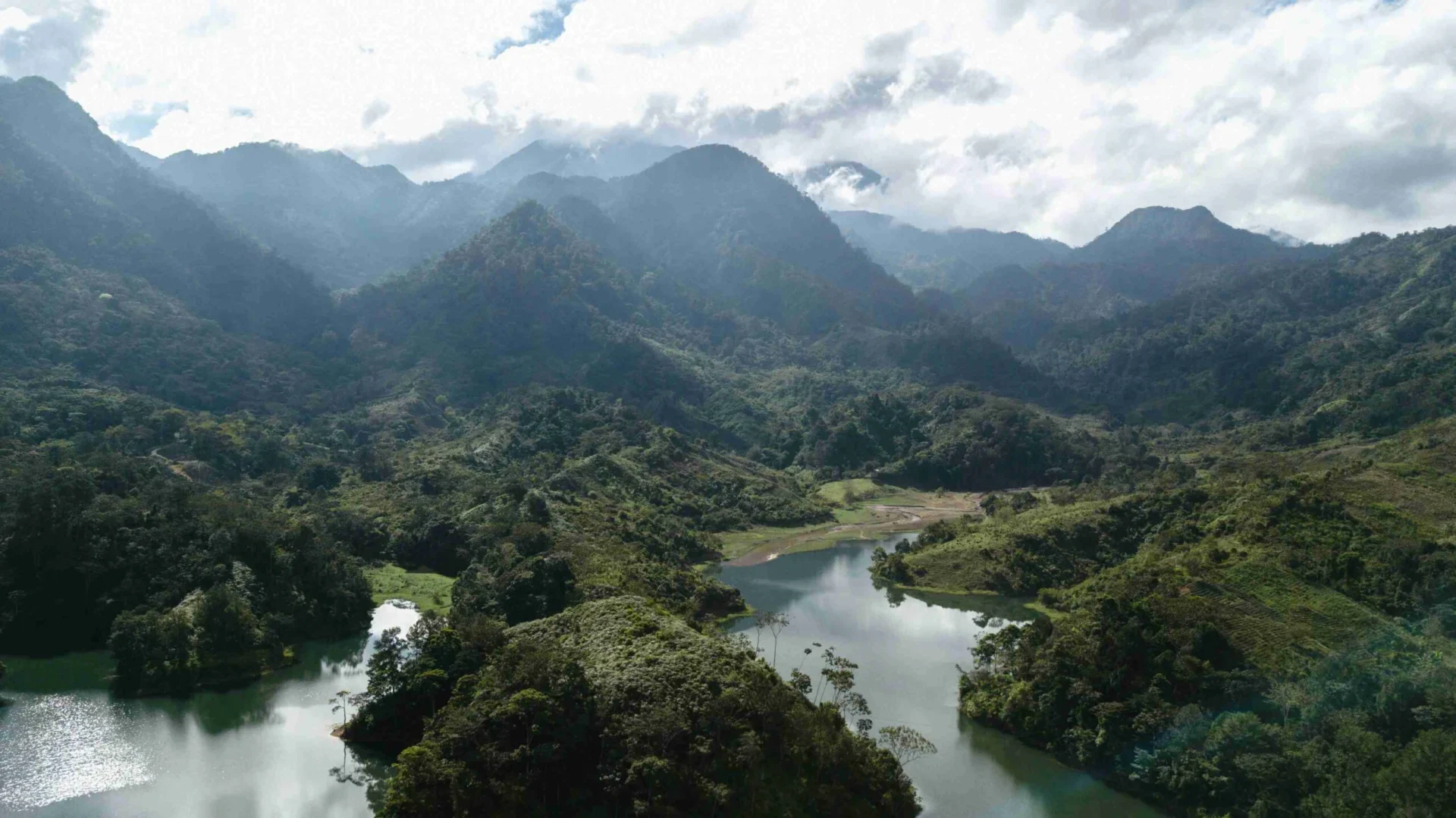
Source: Photo by Esteban Benites on Unsplash
Planning Your Road Trip
Honduras is a fantastic destination for a road trip. Before hitting the open road, there are some things you should plan. First, rent a car that suits your needs. Make sure it’s in good condition, as some roads may be bumpy or unpaved. Rental services are available at Ramón Villeda Morales International Airport in San Pedro Sula.
Next, create an itinerary with all the places you want to visit. This guide will help you cover key spots like Tela, La Ceiba, and Copán Ruinas while enjoying scenic views along the way. Always keep your eyes peeled for local attractions; sometimes, the best experiences are found off the main path.
Before starting your trip, check for travel information on safety and weather conditions. Having cash on hand is also wise since not all places accept cards. Knowing basic Spanish phrases can be helpful too.
Remember to pack essentials: sunscreen for those sunny beaches, hiking shoes for national parks like Pico Bonito, and snorkeling gear if you’re headed to Roatán or Utila.
Since you will be mostly traveling on the road, you may decide to rent your own vehicle. If so, you should secure a foreign driving license with you. This will help you avoid any lawful hiccups in your Honduras trip. Otherwise, you’ll make your trip unforgettable in a bad way.
Day 1: San Pedro Sula to Tela
Approximately 110 kilometers (68 miles), taking about 2 hours
Start your adventure in San Pedro Sula, one of Honduras’ major cities. After picking up your rental car at the airport or downtown, hit the road early in the morning. The drive from San Pedro Sula to Tela takes about 2 hours via the CA-5 highway.
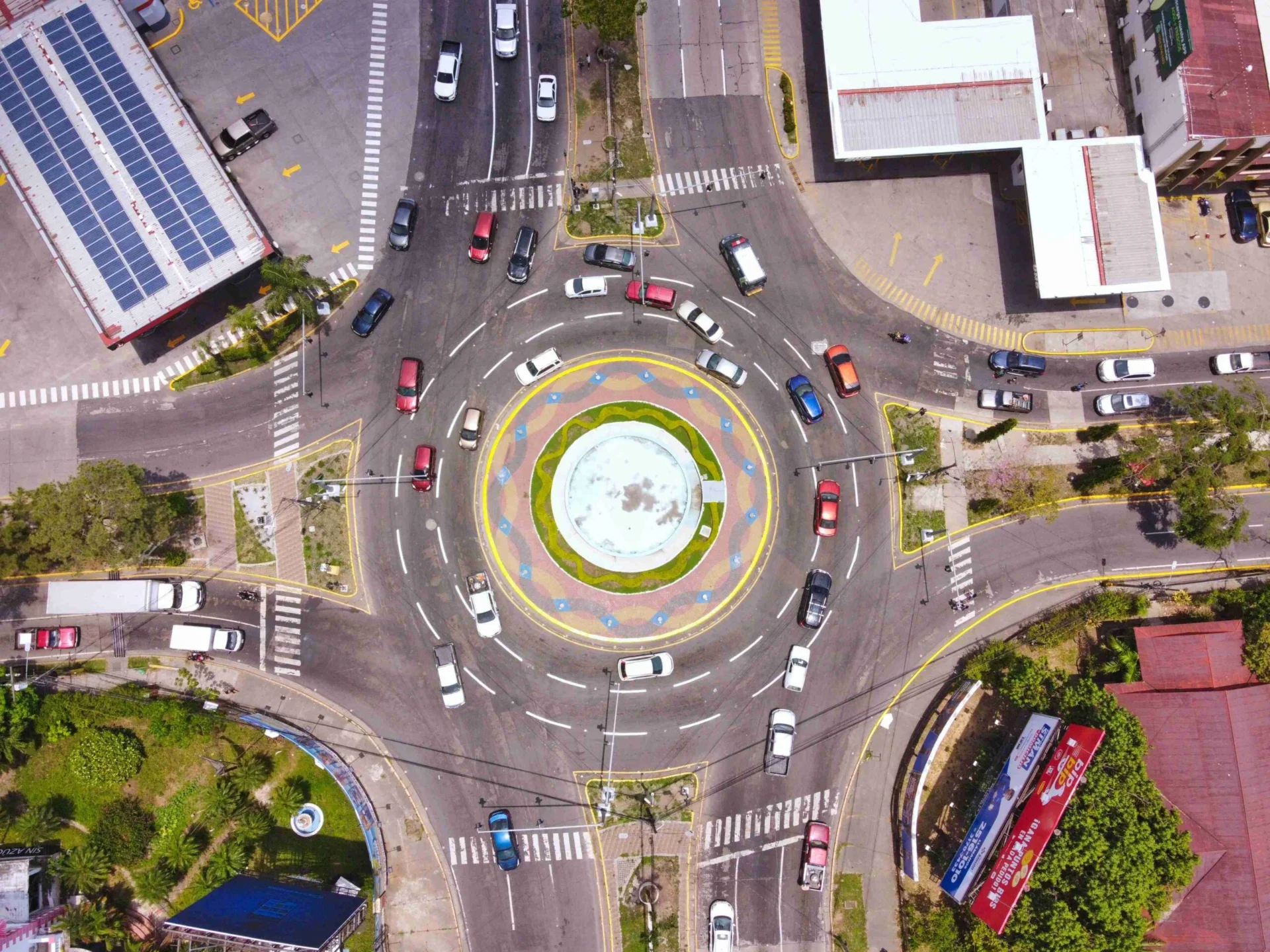
Source: Photo by Héctor Emilio Gonzalez on Unsplash
Tela is known for its beautiful beaches and relaxed atmosphere—perfect for unwinding after traveling. Once you arrive in Tela, if time allows, head straight to Punta Sal National Park; it’s just a short drive away and offers stunning coastal views and wildlife spotting opportunities.
For lunch, try local seafood dishes at one of the beachfront restaurants—fresh fish tacos are a must! Afterward, take some time to stroll along Tela’s sandy shores or relax under the palm trees while sipping coconut water.
If you’re interested in history or culture, consider visiting the nearby Garífuna villages, where you can learn about this unique Caribbean community through music and dance performances.
In the evening, enjoy dinner at a local eatery before settling in your hotel or guesthouse for a restful night ahead.
Day 2: Tela to La Ceiba
Approximately 70 kilometers (43 miles), taking about 1 hour
On day two of your road trip itinerary through Honduras, leave Tela early so you can make it to La Ceiba by midday. The drive takes around an hour via the CA-13 highway along picturesque coastlines.
Once you’ve arrived in La Ceiba, Honduras’ ecotourism capital, you’ll have plenty of options for activities that highlight its natural beauty. Start by exploring Pico Bonito National Park, located just outside town. This park features lush rainforests filled with diverse flora and fauna and scenic waterfalls, perfect for hiking enthusiasts looking to stretch their legs after driving around all day.
Plan on spending several hours here so you can appreciate everything this national park has to offer—from walking trails suitable even for beginners—to more challenging hikes leading up steep hillsides with breathtaking views over both land and sea!
After working up an appetite from outdoor adventures at Pico Bonito National Park, return to central La Ceiba, where you’ll find restaurants serving delicious Honduran cuisine such as baleadas (flour tortillas stuffed with beans), alongside refreshing tropical fruit juices—the ideal fuel before continuing onto additional destinations later during your road trip journey!
As evening approaches, consider participating in cultural events in the town, including live music performances showcasing traditional Garífuna rhythms. These rhythms embody much about life here, making each experience memorable!
Day 3: Exploring Pico Bonito National Park
Day three is all about Pico Bonito National Park . This park is a must-see when you’re in La Ceiba. It covers over 100 square miles of lush rainforest, rivers, and waterfalls. The biodiversity here is impressive, making it perfect for nature lovers.
Start your day early to make the most of your time. After breakfast, head to the park entrance, just a short drive from La Ceiba. Depending on your fitness level and interests, there are several trails to choose from. If you want an easy hike, take the Los Pinos Trail. It’s well-marked and offers beautiful views without being too strenuous.
For those looking for more adventure, try the El Bejuco Trail. This trail leads you deeper into the forest and takes about four hours to complete. Along the way, you’ll encounter stunning waterfalls where you can take a refreshing swim or simply enjoy the scenery.
Don’t forget to bring your camera! The vibrant wildlife includes colorful birds like toucans and parrots, as well as unique plants that thrive in this ecosystem.
After spending half a day hiking and exploring Pico Bonito, return to La Ceiba for lunch at one of its local restaurants—try some fresh seafood or traditional Honduran dishes like fried plantains with beans.
If you’re up for it in the afternoon, consider taking a guided tour of the nearby Cangrejal River, known for its white-water rafting opportunities. It’s an exhilarating way to experience Honduras’ natural beauty while having some adrenaline-pumping fun!
After an exciting day outdoors, relax back at your hotel or guesthouse in La Ceiba before heading out again for dinner at another local spot—you’ve earned it!
A Detour to Roatán
If you have extra time in La Ceiba, head to Roatán, one of Honduras’ famous Bay Islands, known for its stunning beaches and excellent scuba diving spots.
Reaching Roatán from La Ceiba involves taking a ferry ride that lasts about an hour. Ferries run regularly throughout the day, so check schedules ahead of time (you’ll find both morning and afternoon options). Arriving by boat allows you ease and scenic views as you cross over turquoise waters teeming with marine life below!
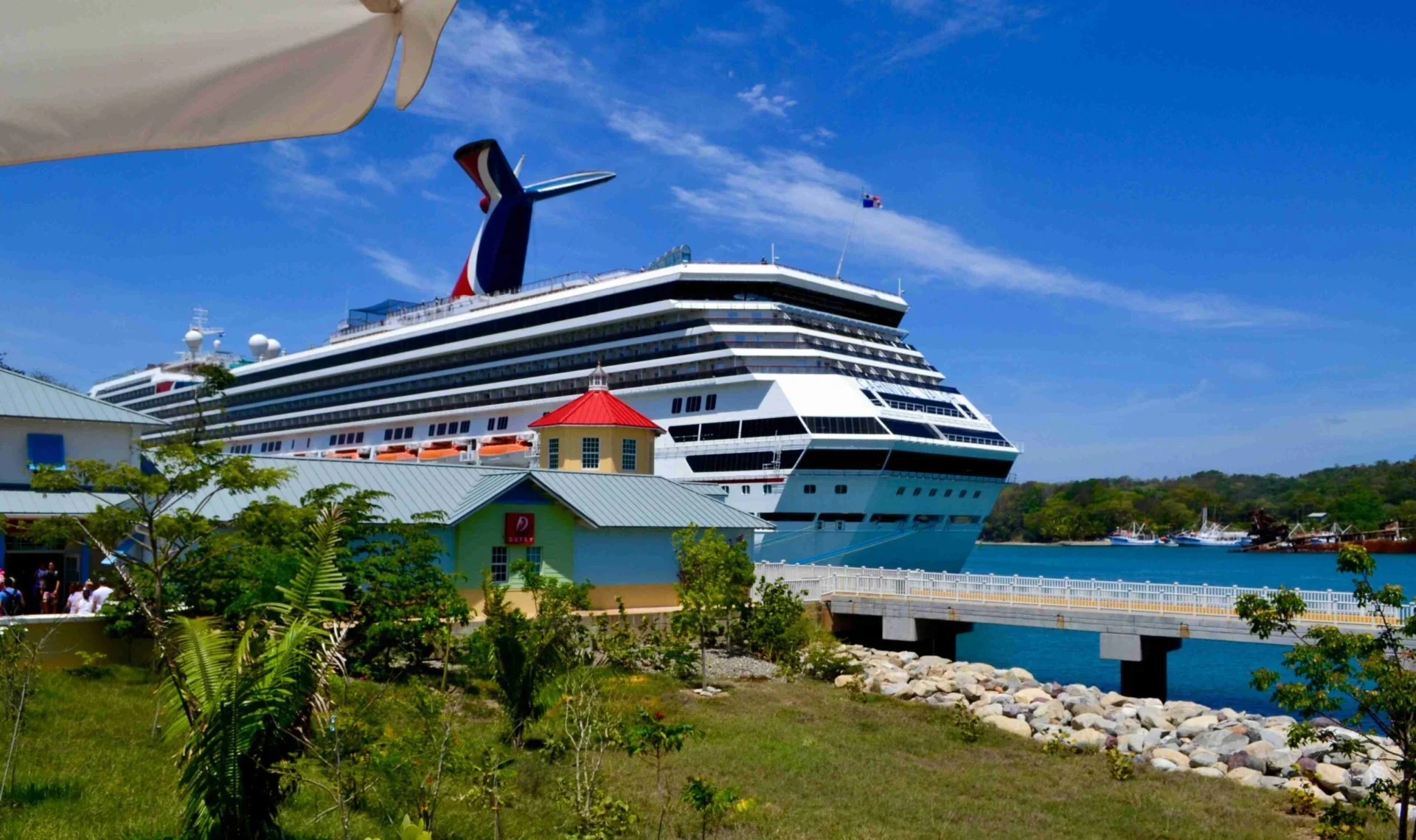
Source: Photo by Stephanie Klepacki on Unsplash
Once on Roatán island, consider staying near West End village—a popular area filled with dive shops offering excursions tailored to visitors wanting unforgettable underwater experiences, whether beginner-friendly lessons or advanced dives among coral reefs rich with native fish species native found here!
After settling in your accommodation (many beachfront hotels are available), grab lunch at one of West End’s casual eateries. Try grilled lobster tacos paired perfectly with tropical drinks made using fresh fruit ingredients sourced locally!
Spend your afternoon soaking up sun, lounging beachside under palm trees, or snorkeling right offshore. There are plenty of spots accessible without needing a boat ride. You just need to rent gear, which is easily available in nearby places.
As evening approaches, explore dining options around town. You can sample delicious Caribbean cuisine featuring flavors influenced by various cultures, including Garífuna staples such as coconut rice served with fried fish caught earlier in the day. It doesn’t get fresher than this!
Day 4: La Ceiba to Lago de Yojoa
On day six, leave Roatán and head towards Lago de Yojoa . This beautiful lake is in the heart of Honduras and offers a peaceful escape. The drive from La Ceiba takes about two hours, so plan to leave early.
Once you arrive at Lago de Yojoa, enjoy the stunning views and several activities. You can rent a kayak or paddleboard and explore the lake’s calm waters. If you prefer land activities, visit Cerro Azul, which has hiking trails and incredible lookout points.
For lunch, try local restaurants that serve traditional Honduran dishes like fried fish or sopa de caracol (conch soup)—both are delicious! After lunch, visit nearby attractions such as Pulhapanzak Waterfalls. It’s just a short drive away and worth visiting for its breathtaking beauty.
Spend your evening relaxing by the lake or staying in one of the cozy lodges. These lodges offer stunning views of both water and mountains, perfect for unwinding after a long day on the road!
Day 5: Discovering Copán Ruinas
On your final day, make your way to Copán Ruinas. This town is famous for its archaeological site, which is filled with Mayan ruins and history .
The drive from Lago de Yojoa takes about three hours, but enjoy every moment on this scenic route through lush landscapes. Once you reach Copán Ruinas, check into your hotel before heading out to explore.
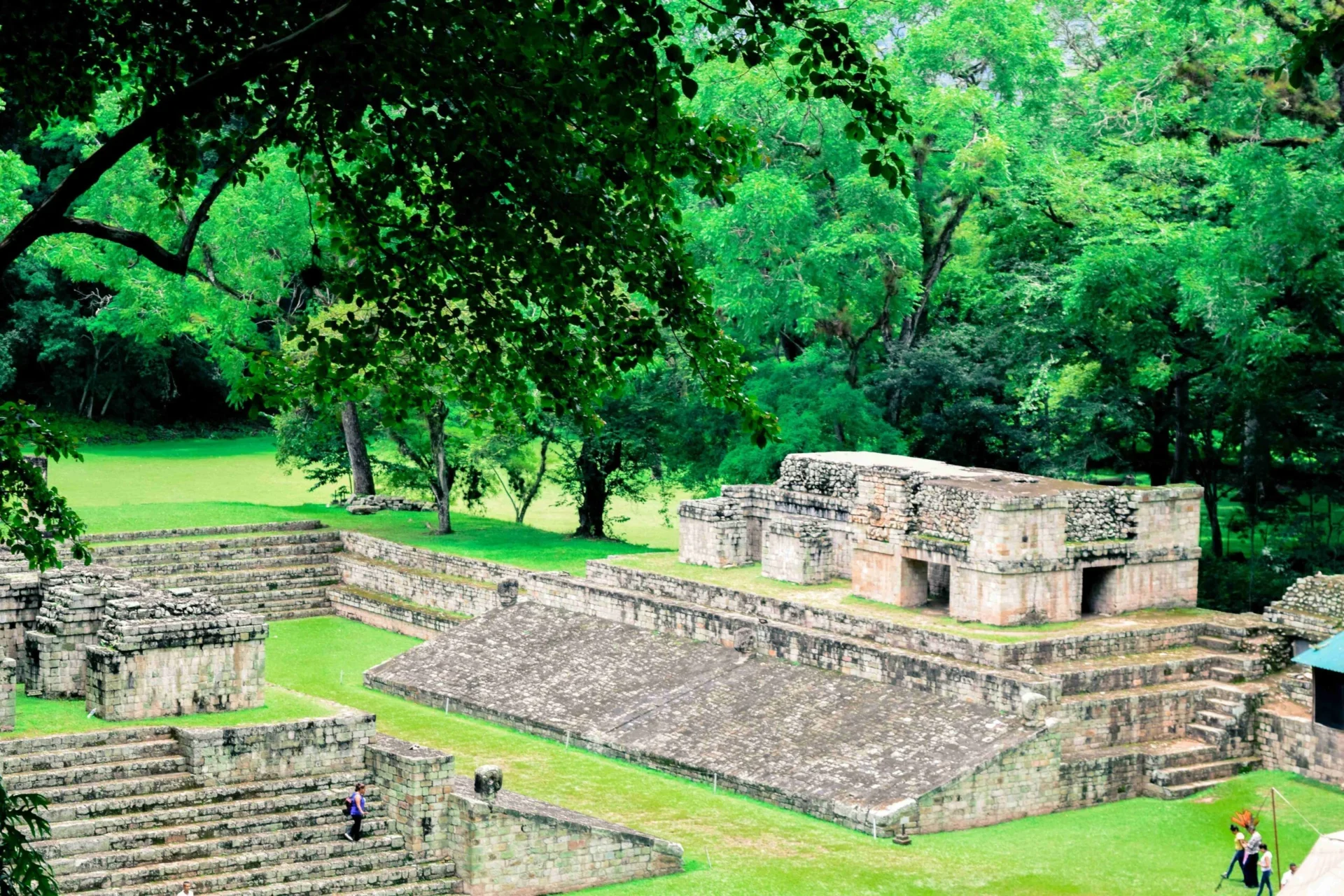
Source: Photo by Donal Caliz on Unsplash
Visit the Copán Archaeological Site, where you’ll find impressive stone carvings and temples dating back thousands of years. If possible, take a guided tour; it helps bring history alive as you learn about Mayan culture directly from an expert.
After exploring the ruins, stroll around downtown Copán Ruinas village. It has charming streets lined with colorful buildings offering shops selling local crafts—perfect for picking up souvenirs!
Finish your trip with dinner at one of the town’s inviting restaurants before resting for tomorrow’s journey home or wherever your adventure leads you next!
Final Thoughts
This road trip itinerary through Honduras shows off some incredible sites—from beaches in Roatán to ancient ruins in Copán Ruinas—and everything in between! Each stop offers unique experiences sure to create lasting memories while enjoying beautiful scenery found in the country itself; it truly is part of Central America worth exploring more deeply than ever imagined possible!
Frequently Asked Questions
Is it safe to drive in Honduras?
Honduras has generally safe roads, but it’s essential to exercise caution, especially when driving at night. Avoid traveling alone on remote roads, and keep your valuables out of sight. It’s advisable to check the latest travel advisories before your trip.
What type of car should I rent for a Honduras road trip?
For the best experience, rent a sturdy, high-clearance vehicle, as some roads may have potholes or unpaved sections, especially in rural areas. SUVs or 4×4 vehicles are ideal, but a compact or midsize car can also work well on the main highways.
What is the best way to get around the Bay Islands, like Roatán?
While you can take a ferry from the mainland to Roatán, exploring the island without a car is best. The main towns and attractions are easily accessible on foot or by taking local taxis, shuttles, or public transportation.
Are there any restrictions on taking pictures in Honduras?
Photography is generally allowed in most public places, but it’s important to be respectful and ask for permission before taking photos of people, especially in rural or indigenous communities. Avoid taking pictures of military or government installations.
What should I do in case of a medical emergency during the road trip?
In case of a medical emergency, call 199 for an ambulance. Major towns and cities have decent medical facilities, but it’s a good idea to have travel insurance that covers healthcare costs in Honduras.
Are there any special events or festivals I should try to time my trip around?
Try to coincide your road trip with local festivals and cultural events, such as the Feria Juniana in La Ceiba (June) or the Garífuna Celebrations in Tela (April). These events offer a unique glimpse into Honduran traditions and celebrations.
Can I use my credit/debit cards throughout the trip, or should I bring cash?
While major cities and tourist areas accept credit cards, having cash on hand is a good idea, especially in smaller towns, rural areas, and local transactions. Some places may not accept cards, so it’s recommended to have a mix of cash and cards.
What is the best way to communicate with locals during the trip?
While many Hondurans speak some English, especially in tourist areas, it’s helpful to know a few basic Spanish phrases. Learning keywords and phrases can go a long way in connecting with the locals and having a more authentic experience.

